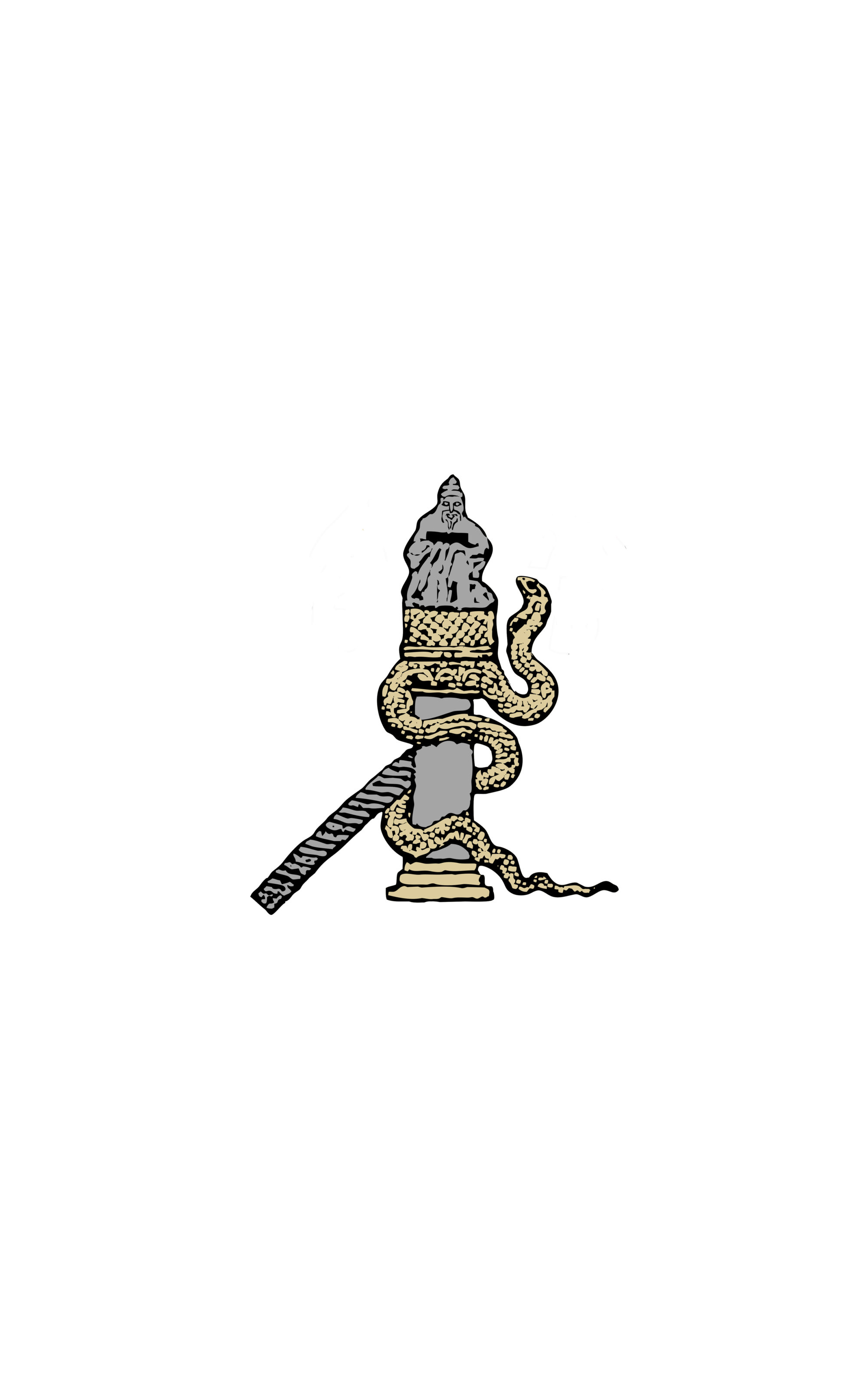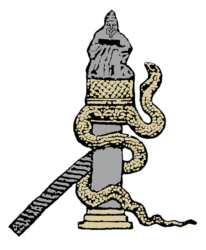Coins as a Source of Information on a Provincial City: the Case of Antioch (6th century)
Pavla Drapelova, Université d’Athènes
The present paper focuses on presentation of coins as a source of information on the economic conditions and society in the Byzantine Antioch in the period of Justin I (518-527) and Justinian I (527-565). The main goal of the present study is to outline how coins without archaeological evidence can illustrate the history of a Byzantine provincial city.
The mint of Antioch started to operate in the second phase of the Anastasian monetary reform (512-518) and remained active until 610. Irregularities, such as wrongly spelled or illegible legends, iconography inspired by ancient Roman coins and different weights can be observed on some of the Antiochene issues. Some of the topics have been previously broadly studied (e.g. differences in the weights of coins struck after 540; blundered legends on coins from the final phase of Justinian I’s reign), but some of them have not been sufficiently discussed (e.g. the existence of wrongly spelled emperor’s name on several coins of Justin I from the private collection of Petros Protonotarios).
The existence of irregular features shows that imperial control in the mint of Antioch was not always as efficient as in Constantinople and that the economic and political situation in the centre of Syria could be rather different than in other Byzantine cities where mints existed. Some of the specificities indicate that the population of Antioch was not always well acquainted with Latin language, reality documented also by written sources, and that the local tradition sometimes could influence the choice of motives completely unusual on coins struck in other Byzantine mints (e.g. the figure of Tyche of Antioch).
This paper attempts to present the peculiarities of Antiochene coinage and to answer questions why some of these irregularities did occur and on their possible placement in the historical context.

